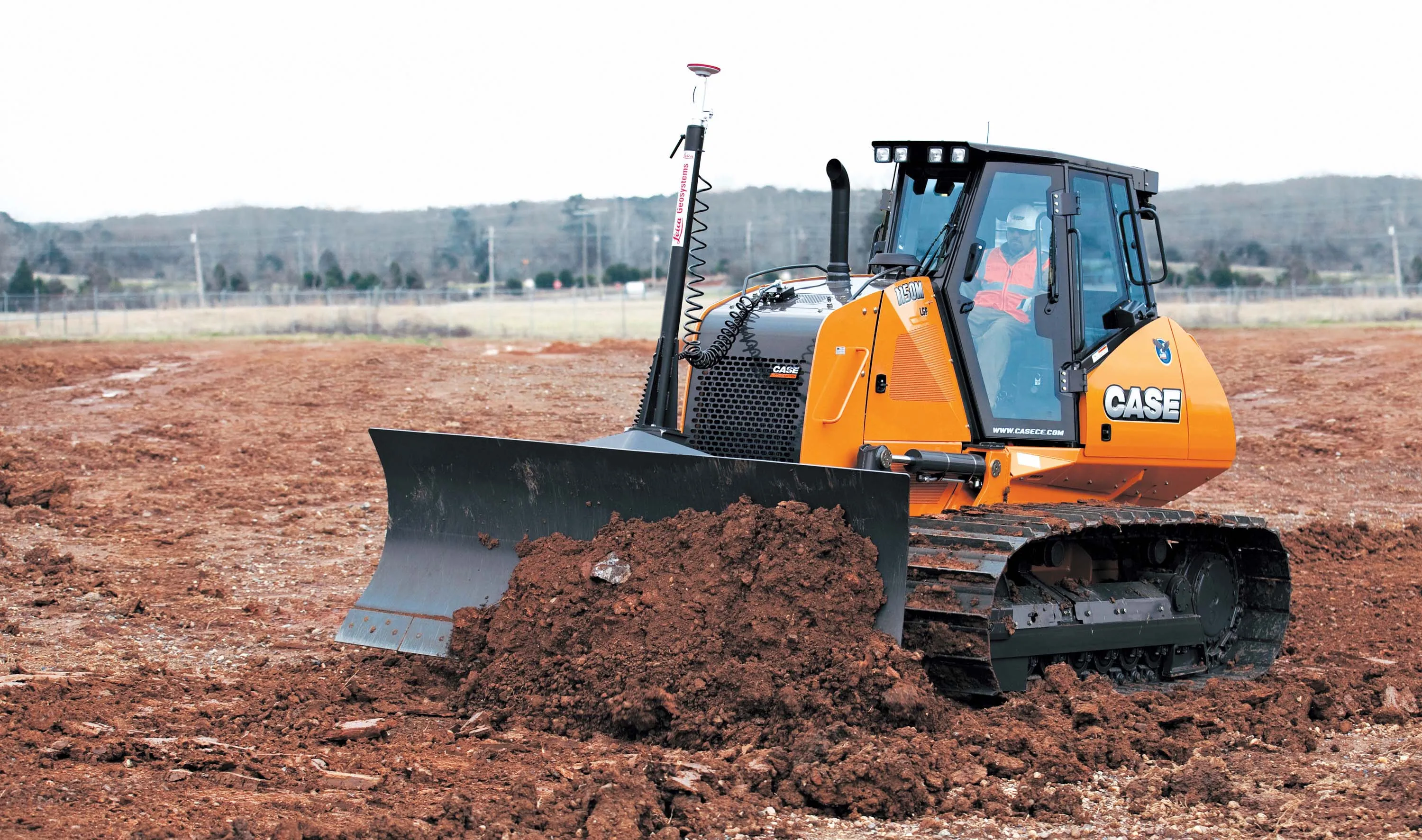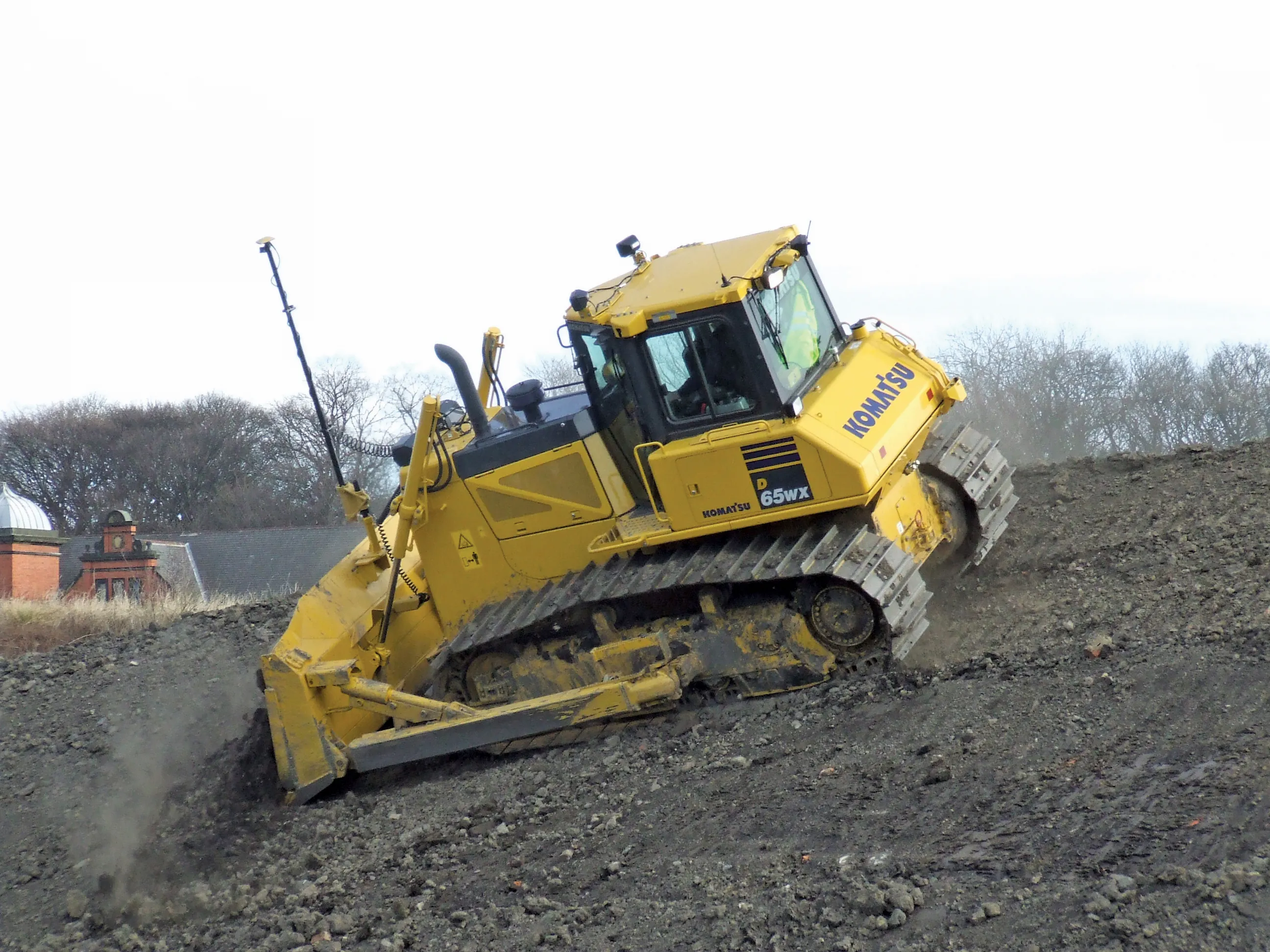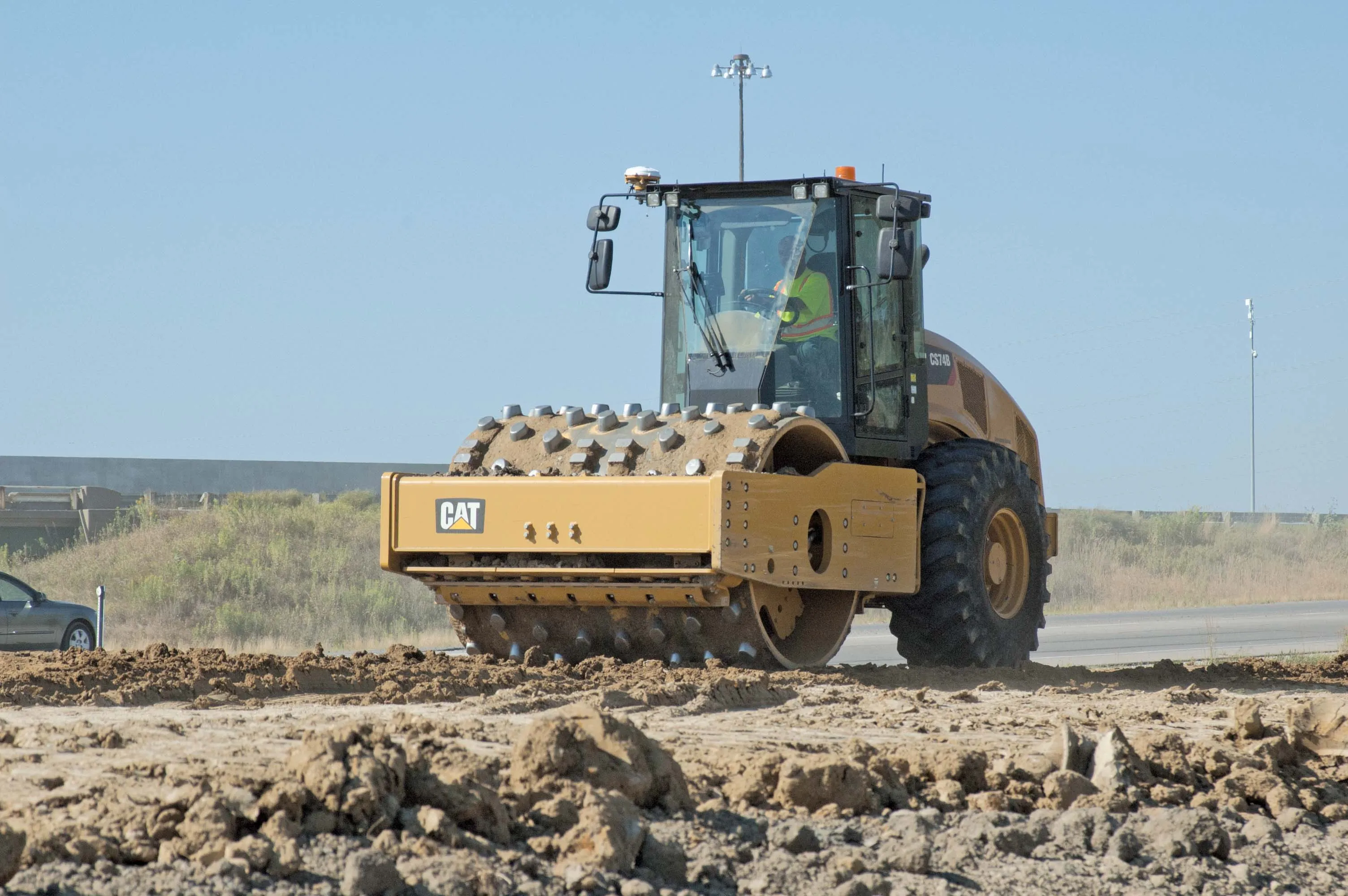
A project to build a new road connection in Sweden is benefiting from the use of sophisticated machine control technology, which is fitted to soil compaction equipment. The work is being managed by contractor PEAB from its site office in Tollarp, south of Kristianstad.
A system provided by Leica Geosystems is helping to optimise the operations of the soil compaction machines on the project. “We use it for almost all of our soil compactors, and we are very familiar with the solution. The Leica iCON compaction solution contains all the functions that we need,” says Fredrik Larsson, chief surveyor at PEAB.
Larsson has been working on the construction of the E22 highway, Sätaröd-Vä, for several years and the project is now being completed.
The work has seen the construction of a 16km-long double-tracked highway through fertile farmland in the south-east region of Sweden. It has been complex as it is crossed by 26 different bridges and bordered by numerous stone fences that have to be removed and then placed back again during construction. The project has involved extensive environmental considerations such as fragile surface watercourses that have had to be protected during the construction process.
Larsson’s work as chief surveyor has required a lot of as-built checks and data analyses. But Larsson has been aided by the Leica iCON soil compaction solution, which has helped optimise the compaction of fill material. The system has provided a deep insight into the various stages of the project and the way the layers are compacted, collating data in real-time. The firm had tested a number of similar systems previously but opted for the package from Leica Geosystems as it best suited their requirements.
“Any of our foremen can work with the solution and easily oversee the workflows and find the weak spots in the compaction. All the values and data are registered by the soil compactor’s Compaction Meter Value Sensor and transmitted wirelessly. Everybody involved in the project can monitor the workflow in detail from their computers,” said Larsson.
Project E22 is the largest highway construction project since the construction of the bypass road around Malmö was completed in 2000. And for Larsson and his colleagues, it has involved earthmoving of 1 million m3 of material.
Larsson does not need to go to the physical construction site that often, as he receives continuous updates on his computer on how the compaction process is going. Every movement that the soil compactor makes is displayed, with colour codes showing the variation in soil stiffness. Measurements highlight the exact location of weak spots, which results in higher quality work and lower operational costs.
The contractor’s 12tonne Dynapac CA 3500D compactor has been equipped with the system. Machine operator Edis Mazlovic can see his working on the MCP80 screen. He can monitor passes, how the soil has been compacted and how he can avoid over or under compaction. Mazlovic can detect weak spots early in the process and ensure that the compaction work is done as cost-efficiently as possible. The data is continuously transferred in real time to the office where Larsson receives it. “It was easy to get to learn the system,” said Mazlovic.
The detection of weak spots in the soil made by the iCON compaction solution has also changed the work of the geotechnicians who carry out testing to check the compacted areas. Only two compaction tests are now required on the areas identified as weak by the machine control solution. As a result, the workflow has been streamlined, resulting in significant costs and time savings.








